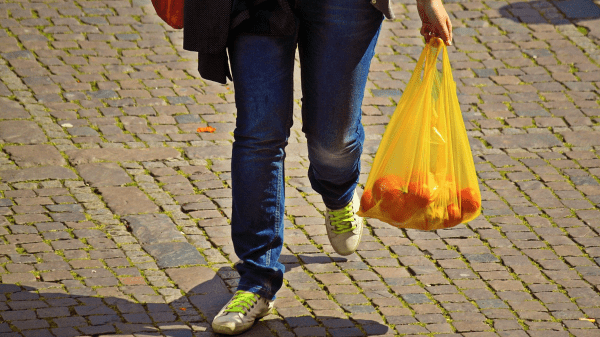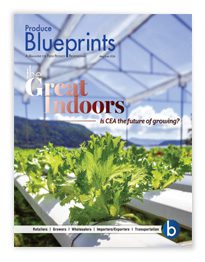I came across the perfect package 35 years ago. It was during my one and only trip to India, and I was riding on a very uncomfortable bus, which at one point made a rest stop.
At the roadside, a man was selling green coconuts. (I think they cost a rupee each, equaling about 8 cents.) You bought one, and he drove a hole into the eye and gave you a straw. You got to drink the fresh, sweet coconut milk.
It was quite a different experience from the undrinkable product that is sold in square cartons as coconut milk in today’s supermarkets.
When you were done, you just threw the empty coconut onto a large pile of similarly exhausted specimens. It would be hard to imagine a more elegant or environmentally sustainable way of delivering a product.
It has occurred to me more than once that the next great multibillion-dollar fortune is to be made in packaging. Which, if you have bought anything anywhere in the last decade, you know is terrible.
My favorite items are those bubble-packed plastic toys. It actually takes longer to open the package than the child has to play with the toy before breaking it.

I was put on this train of thought by an announcement that the Albertson’s BB #:193326 supermarket chain has joined the Beyond the Bag Initiative, launched last summer by the Center for the Circular Economy at green investment firm Closed Loop Partners.
Participants include CVS Health, Target, and Walmart (as founding partners), and Walgreens, Hy-Vee, and Meijer (as supporting partners)—meaning that this problem has caught the attention of big retail business.
A 45-minute video from Closed Loop Partners suggests the complexity of the issues. For example, you may be drinking from a clear plastic cup that is made of bioplastic (possibly corn or cassava), so you think it’s biodegradable. But this is functionally identical to a plastic that is made from petroleum and should be recycled in the same way. How about a paper salad bowl? This isn’t really recyclable because it’s got food residue that will contaminate the recycling equipment.
The video indicates that the source of the material isn’t the only thing that needs to be considered—there’s the equally if not more important question of where it’s going when the consumer has done with it, and how much value can be extracted from it then.
PET plastics, which are easily recyclable, have high value. A paper salad bowl, for reasons stated above, isn’t. But many paper salad bowls are covered with a microplastic (so they don’t get soggy) and aren’t compostable either.
Of course, even the hated single-use plastic bag (“Plastic bags blow!” says one bumper sticker) is recyclable. At least I’m operating on that premise when I stuff mine into a bin provided for that purpose by my local Jewel Osco.
What’s in the future? What will replace the plastic bag that holds a half dozen Honeycrisp apples or the mesh sack for avocados? Obviously, this is a fascinating and complex problem. Although I still think that there are megafortunes to be made in this arena, it’s clear that it will take an enormous amount of thought, work, creativity, and cooperation.
It will also require thinking outside the box. Or rather, outside the bag.



